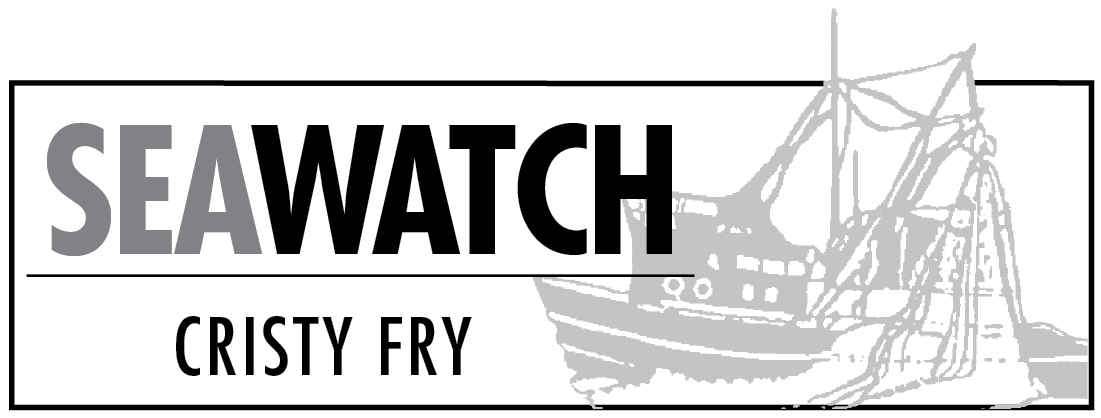Many Alaskans know the commercial seafood industry is an economic powerhouse, and the largest private employer in the state. But a new report from National Oceanic and Atmospheric Administration details how important the Alaska industry is to the nation, with each full-time fishing job in Alaska creating 13.5 jobs in the Lower 48.
An analysis of that report by John Sackton at Seafood.com also shows just how much more the commercial sector contributes to the national economy than the recreational sector.
In terms of sales, the commercial sector in 2012 represented $140 billion, the recreational sector $58 billion, Sackton reports. In terms of value added to the national economy, the commercial sector added nearly $60 billion, vs. about $30 billion for the recreational sector.
In terms of jobs, the commercial industry (producers, processors, distributors, wholesalers and seafood retailers) employed 1.27 million people, while the recreational sector employed 380,000.
But the most striking difference is in where these people are employed. For the recreational fishing impacts, it was building boats and engines that drove the value. That kind of durable equipment represented 82 percent of employment impacts, 82 percent of total sales impacts, and 81 percent of value-added impacts.
According to NOAA, less than 20 percent of the jobs in the industry come from guides, boat operators, tackle shops, motel owners, etc.
The picture NOAA paints of the commercial sector is totally different. Here, seafood retailers generated the largest number of job and value impacts, accounting for 610,000 jobs, and $32 billion in sales. They were followed by the import sector (207,000 jobs), and wholesalers and distributors (57,000 jobs). The remaining jobs were in harvesting and processing.
In short, the economic benefits of the commercial seafood sector penetrate all parts of the United States, throughout the entire economy.
This report negates the argument that the recreational fishery has a greater or more direct economic impact than the commercial fishery, Sackton says.
For the commercial industry, the value and jobs created spread throughout the entire country, while for the recreational sector, the jobs and value are concentrated in a few states and industries.
This comes at a time when there is concern about some aspects of the re-authorization of the Magnuson-Stevens Act that would mandate revisiting the commercial/sport allocations such as the recent hard-fought guided sport/commercial halibut sector splits in the halibut fishery every eight years.
The full report is at www.st.nmfs.noaa.gov/commercial-fisheries/fus/fus12/.
Cristy Fry can be reached at realist468@gmail.com.
Report details commercial fish industry’s value to U.S.


